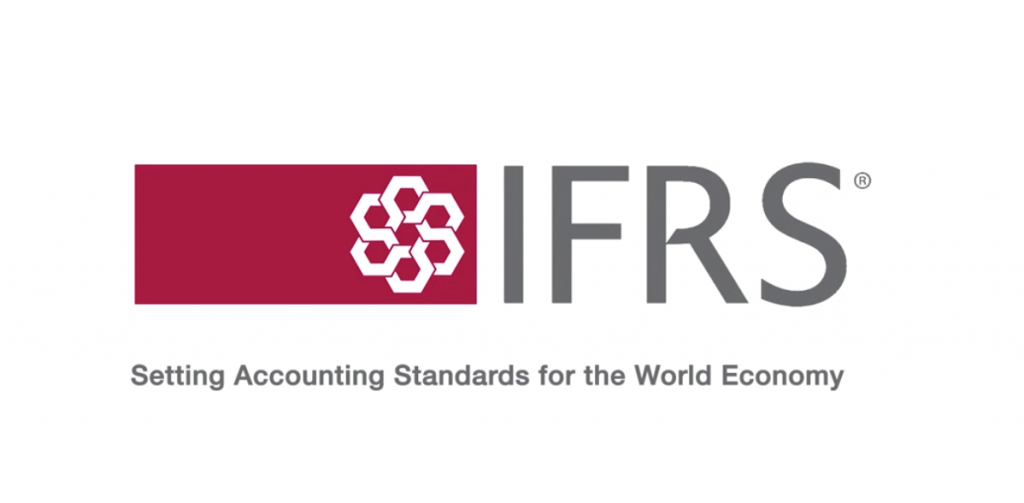As from January 1st 2018 it will become mandatory to replace accounting standard IAS 39 (Revenue and Recognition) by IFRS 9 (Financial assets). IFRS 9 is predominantly applicable for banks and companies that focus is on financial assets. Such assets are loans and bonds and related hedging instruments of foreign exchange and interest rates. IFRS 9 offers also a new reality for companies that generate margin through buying, selling and/or processing physical commodities.
These commodity companies might consider replacing IAS39 Financial Assets by IFRS 9 an administrative burden. But actually it offers companies an opportunity to reflect the real economic practice and performance in their financial statements. More reporting value of the IFRS 9 can be obtained when applying hedge accounting in financial statements. As a consequence of IFRS 9 we expect more companies to adopt price/margin risk hedging techniques for their raw materials and/or sales portfolios. Finally the economic reality can be accounted for!
How IAS 39 limited “transforming” business in their hedging practices
An important part of a “transformation” business model is buying a certain complex of raw materials (physical commodities) and transforming them into a consumable semi finished (B2B) or end product (B2B\B2C). Usually raw material sourcing markets and (end) product consumption markets are somewhat disconnected in terms of pricing and market price volatility.
So will a coffee roaster or a chocolate manufacturer buy respectively coffee or cocoa beans and transform these into end products. Since consumer prices have a rather flat character, consumer markets have no direct reflection of price movements in the commodity markets. Hence a margin risk is created due to the commodity markets price volatility. You will find similar patterns in textile, animal feeds, vegetable oils, rubber, beverages, etc.. Margins in a transformation business model are usually thin. So one would expect these companies to hedge their market exposure. And the most effective way of hedging price volatility is hedging through derivative markets.
Without Hedge Accounting the use of derivative instruments (despite economically viable and responsible) increases volatility of results in financial statements. This volatility originates from the non-symmetrical accounting treatment of physical and derivative contracts. In financial statements the movements in the value of physical stocks and contracts are only reflected upon transformation or sale of end products. Movements of the value of derivatives are reflected in financial statements as they occur.
Hedge Accounting
So under the previous guidance of the Financial Accounting Standards Board (FASB) hedge results from derivative instruments where not treated equally with volatility exposure from physical assets. The exemption offered under IAS 39 required the evidence of a strict hedge correlation between the hedged item (assuming an own use principle) and each allocated hedge instrument (derivative). Upon sufficient substantiation (evidenced correlation) hedge results could be attributed to the the raw materials in the transformation process. Consequently one accounted then for the hedge results in parallel with the realization of the physical transactions. The latter is called Hedge accounting.
Here the accounting reality limited companies in its economically sensible decision making. First of all companies did not accept the “accounting” volatility created by derivatives used for hedging. Hedge Accounting offered a solution. However the complex IAS39 rules and requirements withheld many Boards and CFO’s to pursue for hedge accounting. As a consequence, sourcing and sales management was discouraged (or even forbidden) to use commodity futures and/or options to manage market volatility related margin risk. And by this IAS39 influences the economic practice performance of business negatively, just for the sake of the accounting reality.
IFRS 9 enables to account for the economic reality
It took the FASB years to create a common agreement on an accounting treatment for hedge accounting that actually supports the economically sensible and responsible practice of hedging. The definition of hedge has been simplified. Also hedge effectiveness measurement is brought in line with economical practices. When a company has a professional price/margin risk management in place such a company would implicitly have the information available to substantiate hedge accounting. There is no longer a need to create a “2nd administrative reality” to substantiate hedge accounting. The accounting & disclosure requirements follow practice rather than accounting & disclosure requirements creating a practice.
For most commodity transforming companies, the application of IFRS 9 Hedge Accounting will more easily eliminate the non-symmetrical treatment of accounting for physical and derivative contracts. Thus would enable companies to define their price-risk management on economical grounds rather then on accounting standards.
The impact of IFRS 9 being mandatory as from January 1st, 2018
The FASB anticipated a gradual change of practice as from April 2014. Thus offered companies reporting under International Accounting Standards a three year transition period, including an early adoption period. Upon the EU endorsing the adoption of IFRS 9 as a standard in November 2016, the process of change became irreversible for EU based companies. One might expect that the new IFRS 9 will finds its way to many local accounting practices around the world coming years.
Companies are changing their accounting practices towards IFRS 9. Now, one may expect that companies will also gradually change their hedging practices back to economically sound and sensible practices. Over last years many procurement portfolio’s of companies have been excused from commodity derivatives. We assume that derivatives will gradually come back in these portfolio’s. And so will then commodity derivative knowledge slowly return in these companies. With the knowledge also the need for professional tooling to manage a combined derivative and physical portfolio of commodity contracts will return. At Agiboo we are looking forward to the latter. Because there will be more opportunities to support clients in managing their price and margin risks.

